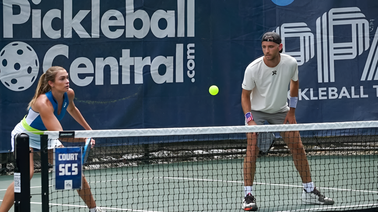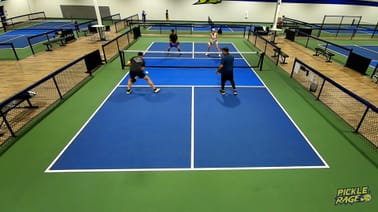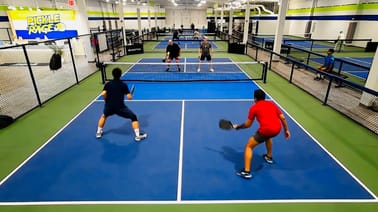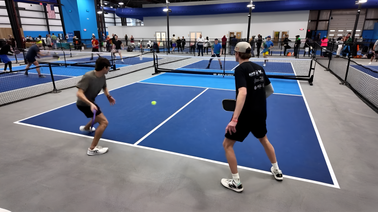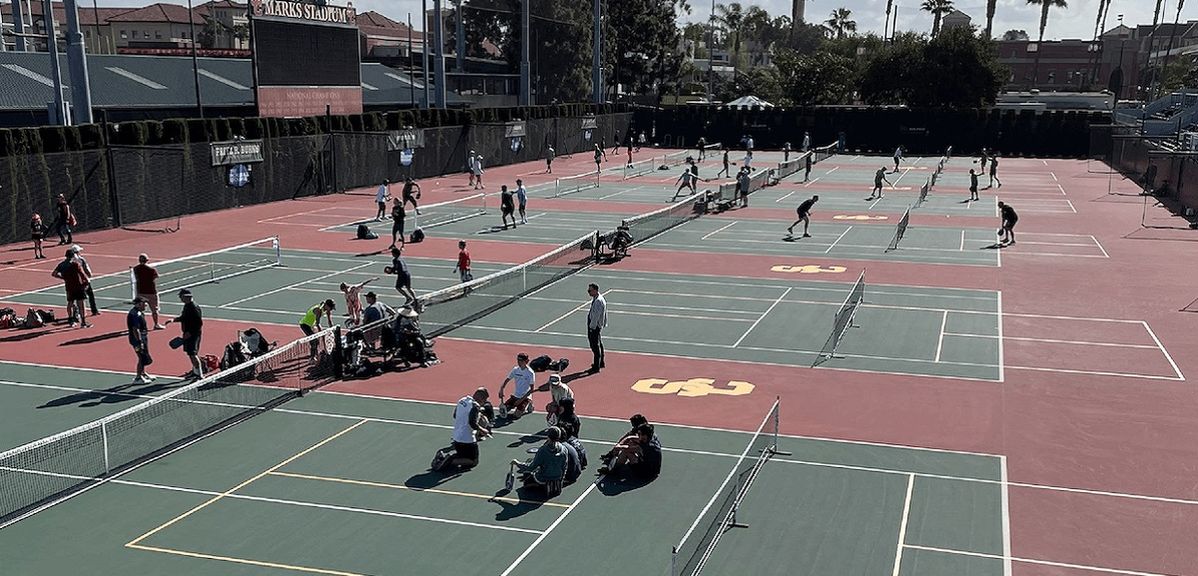
Yesterday at open play, I found myself on the court with a few new players. They were just nailing down where to stand and how to keep score.
Although they were learning the game quickly, each one could have benefitted from a little advice.
Here are a few quick tips I have for beginner pickleball players based on who I observed at the court:
Player 1 - Total beginner. No racquet sports background and only played pickle a couple of times.
- The tip: Slow down. Swinging the paddle fast and out of control is going to spray the ball in every direction.
- Slow down your swing. Make solid contact. Direct the ball where you want it to go. Learn to control the ball before swinging for the fences.
Related: Pickleball Slang Terms You Should Know
Player 2 - Had more court experience, but their serve was painful. Have you come across a player the has almost no toss on their serve? It looks like they're plucking it straight out of their hand like it's tee-ball.
- The tip: Separate the toss from the serve. Treat the toss like its own step, then focus on the swing.
- For some reason, players get hung up on serve mechanics. To make things easier, separate the serve into steps. 1) Toss 2) Swing
- Bonus: if you don’t like your toss, don't swing. Pick the ball up at start again.

Player 3 - Tennis player - new to pickleball. This player had great hands and great strokes. But they were bleeding points by not reaching the NVZ.
- The tip: Position > ability. Standing closer to the net outweighs the ability to hit perfect groundstrokes.
- Unfortunately, when the opposing team gets to the NVZ, hitting groundies from the baseline just won't cut it.
- Even if it makes you uncomfortable in the beginning, advancing to the NVZ is a necessity.
These tips are not ground breaking, but helpful to share when you’re on the court with a newbie.
Just make sure they’re looking for help before you put on the coaching hat.



